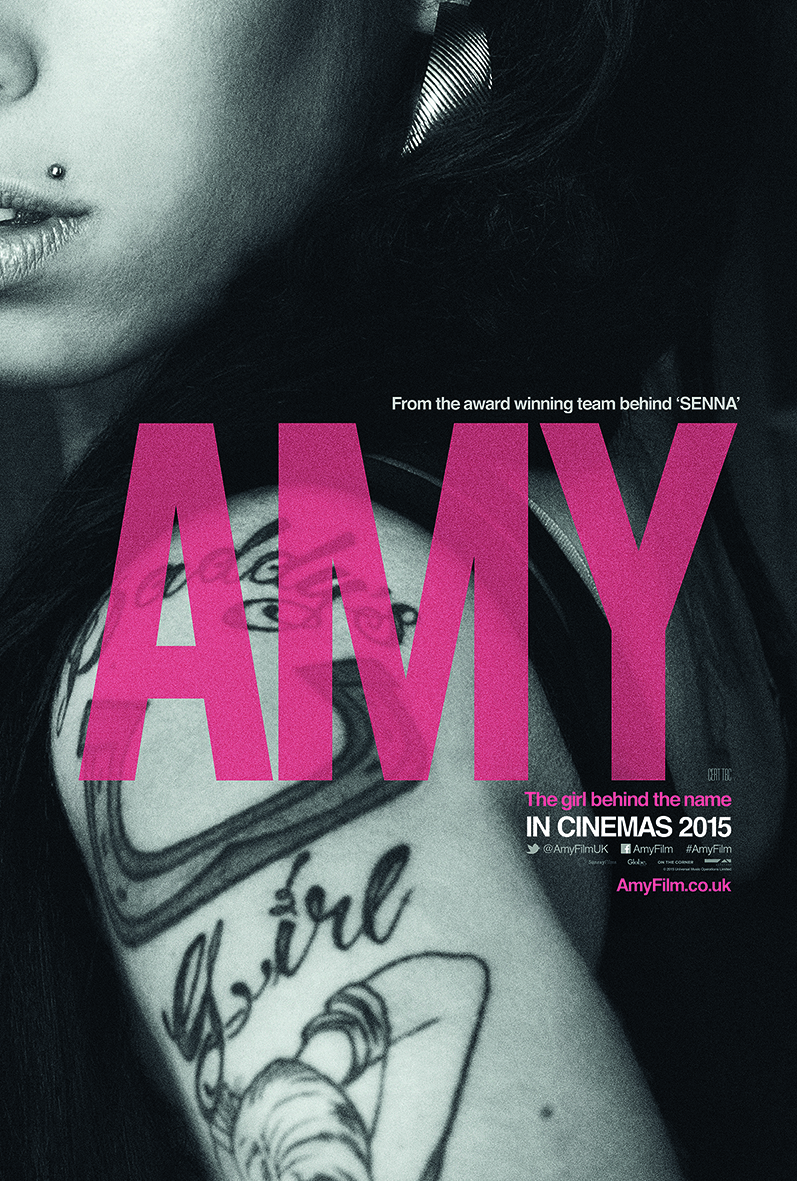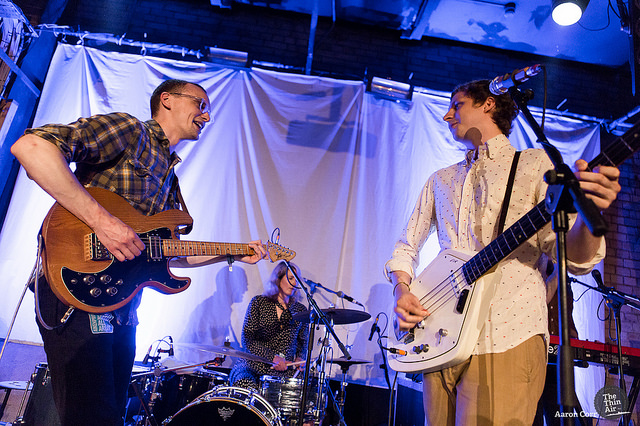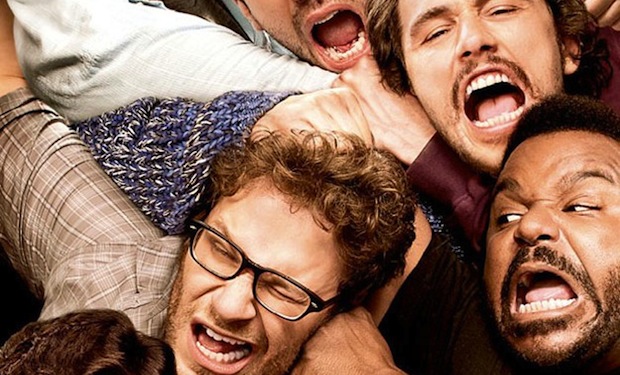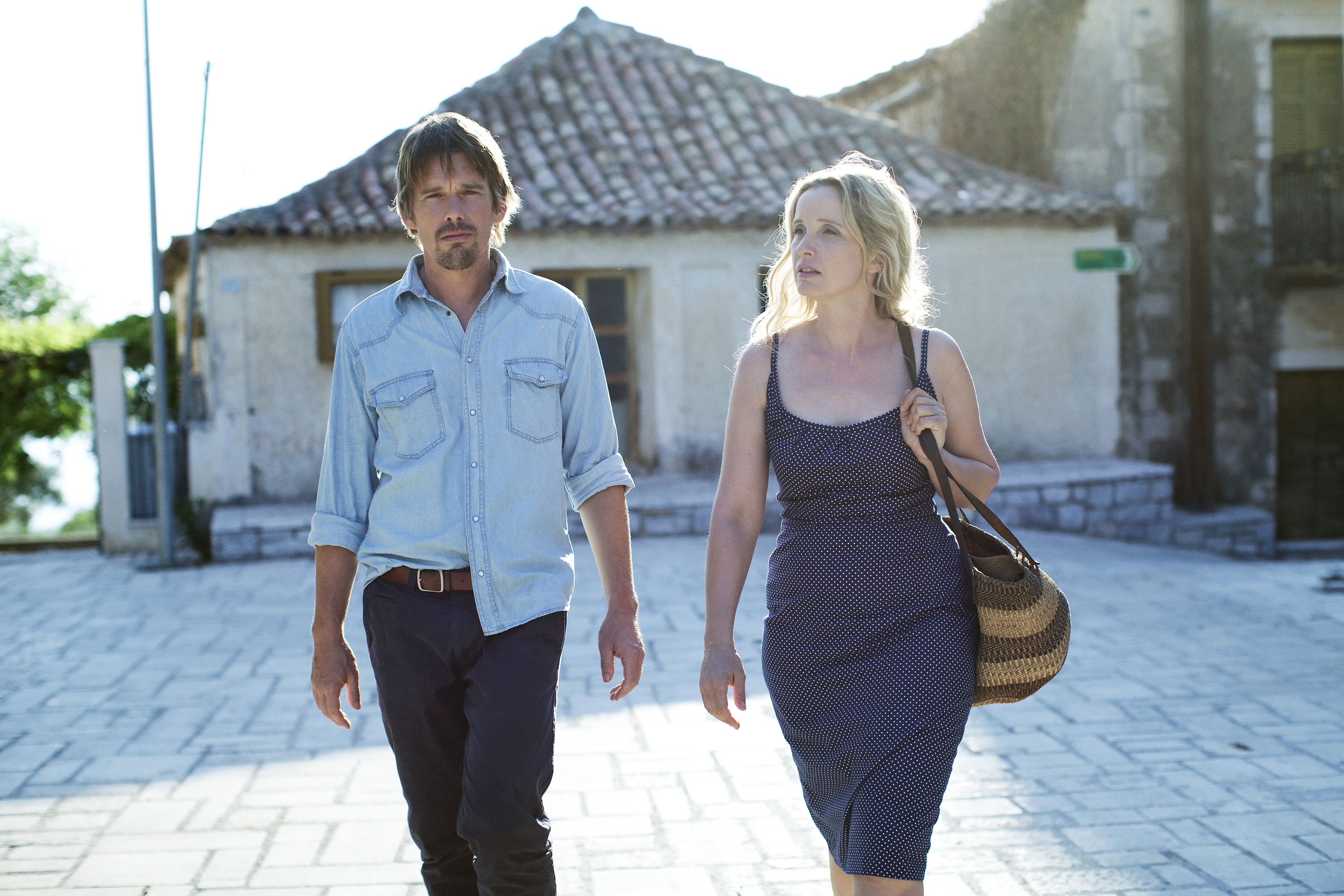I really didn’t want her to die. I mean, it’s a ludicrous thing to say: this is Amy Winehouse. We know how the story ends. But as Asif Kapadia’s scrupulously chronological film unspools we follow this charming, bolshy North London girl from a friend’s 14th birthday party (filmed in the unfailing fawn and sage colour scheme of 90’s video footage) through to the first few steps of her recording career and onto a success that she didn’t want and couldn’t withstand.
“I don’t think I’ll be at all famous,” she offers in an interview. “I don’t think I could handle it. I’d go mad.” The story is littered with these fore-shadowing moments, like little death-knells echoing through the film. “If I thought I was famous I’d top myself. Cause it’s a scary thing. It’s frightening.”
What the film shows comprehensively is how extraordinarily good she was. That voice, already there at 14 and presumably honed at the National Jazz Orchestra, is extraordinarily expressive, a blues howl that explodes out of her, sobbing and pleading. It would be enough, alongside her early death, make her immortal. But the songs she wrote – witty, brutal, as merciless on herself as they are on others, are her lasting legacy. Amy Winehouse was the full package. She could do it all.
The film is clearly divided between goodies and baddies. The goodies are Amy’s childhood friends Lauren and Juliette and Nicky Shymansky, a name you couldn’t put into a novel, who while working as an office junior discovers the sixteen year old Winehouse. The baddies are everybody else but especially Blake Fielder, the love of her short life, and Mitch Winehouse, the father who left home when she was eight.
If this were “Pretty in Pink” Nicky would be Ducky to Blake’s Blain. But there is nothing pretty about this story and the only pink is bloodspots flowering on bathroom tiles. Nicky is the one who looks after her, shadows her on those early indie gigs, tries to get her off the drugs and booze and is palpably infatuated with her.
Blake is almost pantomimically awful, a moustache twirling Victorian dastard from the very off: his first act on camera is a kiss and tell exposing infidelity on both their parts. His last, post mortem, where he has cleaned up and bought a new suit with her money contains the line “What the fuck am I doing with her?” At one point, with reference to a common childhood trauma, he says: “Me and her are quite similar.” Well not really. You might be both be damaged people but she was a songwriter of wit and verve with a singing voice that’s a gift to the world and you are the cockroach in a skinny rib t-shirt that fed her heroin while she was in rehab.
The other real villain of the piece is Amy’s dad Mitch. Deluded is possibly the nicest thing you could call Mitch. “I left her mother when she was eight,” he opines early on. “She seemed to get over it quite quickly.” This staggering lack of insight and clod-hopping interventionism appears again and again. When her friends are trying to get her into rehab he says no, no, no. When she escapes the press in St. Lucia, he turns up with a film team and upbraids her for being rude to tourists on camera. At one point Mitch claims to have done everything he can do, paraphrasing a beatnik Ned Flanders: “We’ve tried nothing and we’re all out of ideas!”
It’s hard to come away from this extraordinary film with anything but a sense of tragic waste. It is exhausting: Amy is up and she is down, Blake’s on the scene, Blake’s in prison, she’s cleaned up her act for the Grammy’s, she’s gone on a bender straight out of rehab. The tabloid press are a constant bludgeoning presence and the media generally are sneeringly callous. As Winehouse got smaller and smaller, lost to bulimia, depression and alcoholism, the footage of grown men launching themselves in gangs at this traumatised waif becomes utterly repugnant.
This story is a modern tragedy; a beautiful and talented young woman destroyed by her own demons and mocked by the media that fed upon her. This, sadly, is the way we live now. John Higgins






